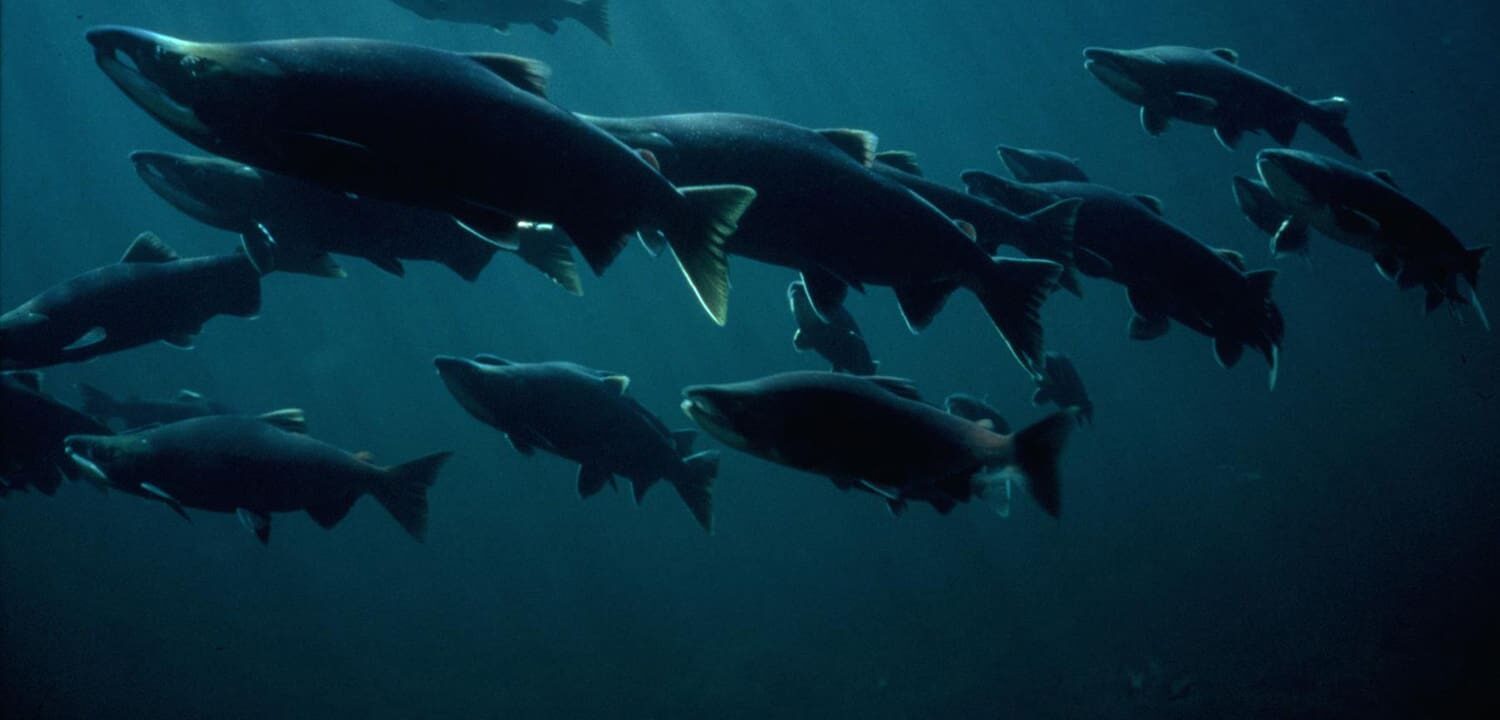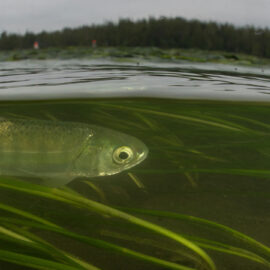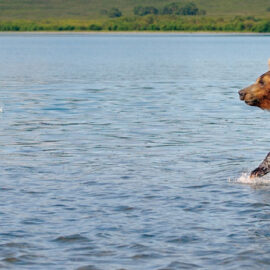Infectious salmon anemia could pose new threat for already-Threatened and Endangered populations.
Researchers from Simon Fraser University in British Columbia announced last October that they found evidence of the Infectious Salmon Anemia (ISA) virus in Pacific salmon. The virus was detected in two juvenile sockeye out of 48 smolts tested from B.C.’s central coast. ISA has caused devastating losses at salmon farms in Norway, Chile, and New Brunswick, Canada with infected farms losing 70% or more of their fish. Until now, the salmon-killing virus had never been reported on the U.S. West Coast.
Although deadly to Atlantic salmon, the virus cannot infect humans, bears or other warm-blooded animals that consume the fish. The effect of ISA on wild salmon is unknown. However, many salmon populations around the Pacific Northwest are already listed under the Endangered Species Act and any new threat could hamper efforts toward recovery.
In early November, researchers found additional evidence of the virus in three of ten dead fish pulled from B.C.’s Harrison River (Chinook, coho, and chum). Officials from the Canadian Food Inspection Agency, the Department of Fisheries and Oceans (DFO), and the British Columbia Province retested the 48 central coast samples plus the Harrison River samples but were not able to repeat the results due to the degraded quality of the samples.
Information recently surfaced that a 10-year old study detected a non-lethal form of ISA in 117 wild salmon sampled from Southeast Alaska to Vancouver Island, B.C. The results were never published because DFO disputed the validity of the tests. When the researcher attempted to publish again after the recent discoveries, DFO denied the request.
State and federal scientists in the U.S. were greatly concerned by the mounting evidence of the presence of the virus in Pacific salmon populations and apparent lack of transparency by the Canadian Government, and agreed that more information was needed. Within days of news of the threat, U.S. Senators Maria Cantwell (D-WA), Lisa Murkowski (R-AK) and Mark Begich (D-AK) introduced legislation that would require federal agencies to research the risks and threats that the virus poses to wild, hatchery and farmed Pacific salmon and report back on their findings within six months. The legislation passed both the U.S. Senate and House as part of the minibus appropriations bill (H.R. 2112), and was signed into law by President Obama in late November.
Washington State tested about 56,000 fish last year and so far has not found signs of infectious salmon anemia. However, with passage of the ISA legislation, research, surveillance and testing efforts will now be increased in the U.S.
Canada’s Cohen Commission, which was established to investigate the cause of the decline of Fraser River sockeye salmon, has scheduled a special hearing in mid-December to review information regarding the possible presence of the ISA virus in B.C.




